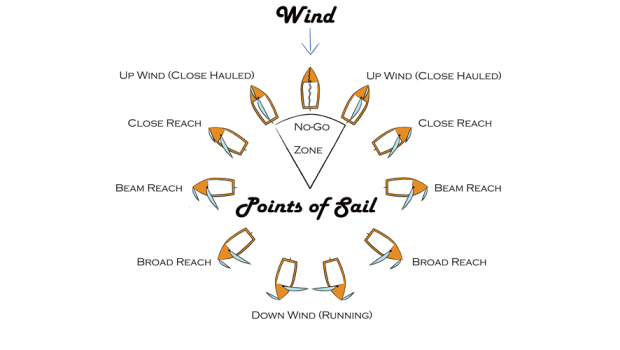When is a boat on a beat to windward?
Published on January 21st, 2014
The 2014 supplement to the ISAF 2013-2016 Case Book, which provides interpretations of the Racing Rules of Sailing, contains new cases that were approved at the ISAF Annual Conference in November 2013. Here is one of them…
Question: The phrase ‘on a beat to windward’ is used in rules 18.1(a) and 42.3(c). When is a boat on a beat to windward?
Rule 18.1(a), Mark-Room: When Rule 18 Applies
Rule 42.3(c), Propulsion: Exceptions
Answer: For the purposes of rules 18.1(a) and 42.3(c), a boat is on a beat to windward when the course she would sail to finish as soon as possible in the absence of all other boats is a close-hauled course or above.
When a boat is on a windward leg, she is not necessarily on a beat to windward. An example is a boat that has overstood a windward mark and, in the absence of other boats, would therefore sail below close-hauled to finish as soon as possible. Such a boat may have overstood the mark either by sailing beyond the layline to the mark or because a change in wind direction has made it possible for her to sail to the mark on a course below close-hauled.
Also, when a boat is on a reaching or a downwind leg, there are circumstances in which she may be on a beat to windward. This can happen when a boat has been swept by current below the rhumb-line to a reaching mark, or there has been a change in wind direction, and as a result the course the boat would sail to finish as soon as possible in the absence of other boats has become a close-hauled course or above.









 We’ll keep your information safe.
We’ll keep your information safe.